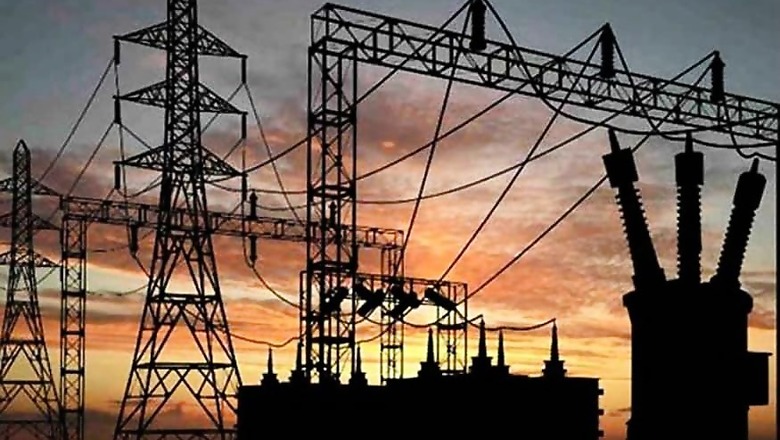
views
Scientists have identified a metal that conducts electricity without conducting heat – an incredibly useful property which may pave the way for systems that convert waste heat from engines and appliances into electric power. According to researchers at Lawrence Berkeley National Laboratory (Berkeley Lab) and University of California, Berkeley in the US, electrons in vanadium dioxide can conduct electricity without conducting heat.
The findings could lead to a wide range of applications, such as thermoelectric systems that convert waste heat from engines and appliances into electricity, they said.
For most metals, the relationship between electrical and thermal conductivity is governed by the Wiedemann-Franz Law, which states that good conductors of electricity are also good conductors of heat.That is not the case for metallic vanadium dioxide, a material already noted for its unusual ability to switch from an insulator to a metal when it reaches 67 degrees Celsius.
“It shows a drastic breakdown of a textbook law that has been known to be robust for conventional conductors,” said Junqiao Wu, a physicist at Berkeley Lab.”The discovery is of fundamental importance to understand the basic electronic behaviour of novel conductors,” Wu said.
Using results from simulations and X-ray scattering experiments, researchers were able to tease out the proportion of thermal conductivity attributable to the vibration of the material’s crystal lattice, called phonons, and to the movement of electrons.They found that the thermal conductivity attributed to the electrons is ten times smaller than what would be expected from the Wiedemann-Franz Law.
“For electrons, heat is a random motion. Normal metals transport heat efficiently because there are so many different possible microscopic configurations that the individual electrons can jump between,” said Wu. “In contrast, the coordinated, marching-band-like motion of electrons in vanadium dioxide is detrimental to heat transfer as there are fewer configurations available for the electrons to hop randomly between,” he said.
The amount of electricity and heat that vanadium dioxide can conduct is tunable by mixing it with other materials. When the researchers doped single crystal vanadium dioxide samples with the metal tungsten, they lowered the phase transition temperature at which it becomes metallic.
At the same time, the electrons in the metallic phase became better heat conductors. This enabled researchers to control the amount of heat that vanadium dioxide can dissipate by switching its phase from insulator to metal and vice versa, at tunable temperatures. Such materials can be used to help scavenge or dissipate the heat in engines, or be developed into a window coating that improves the efficient use of energy in buildings, researchers said.
The findings were published in the journal Science.



















Comments
0 comment